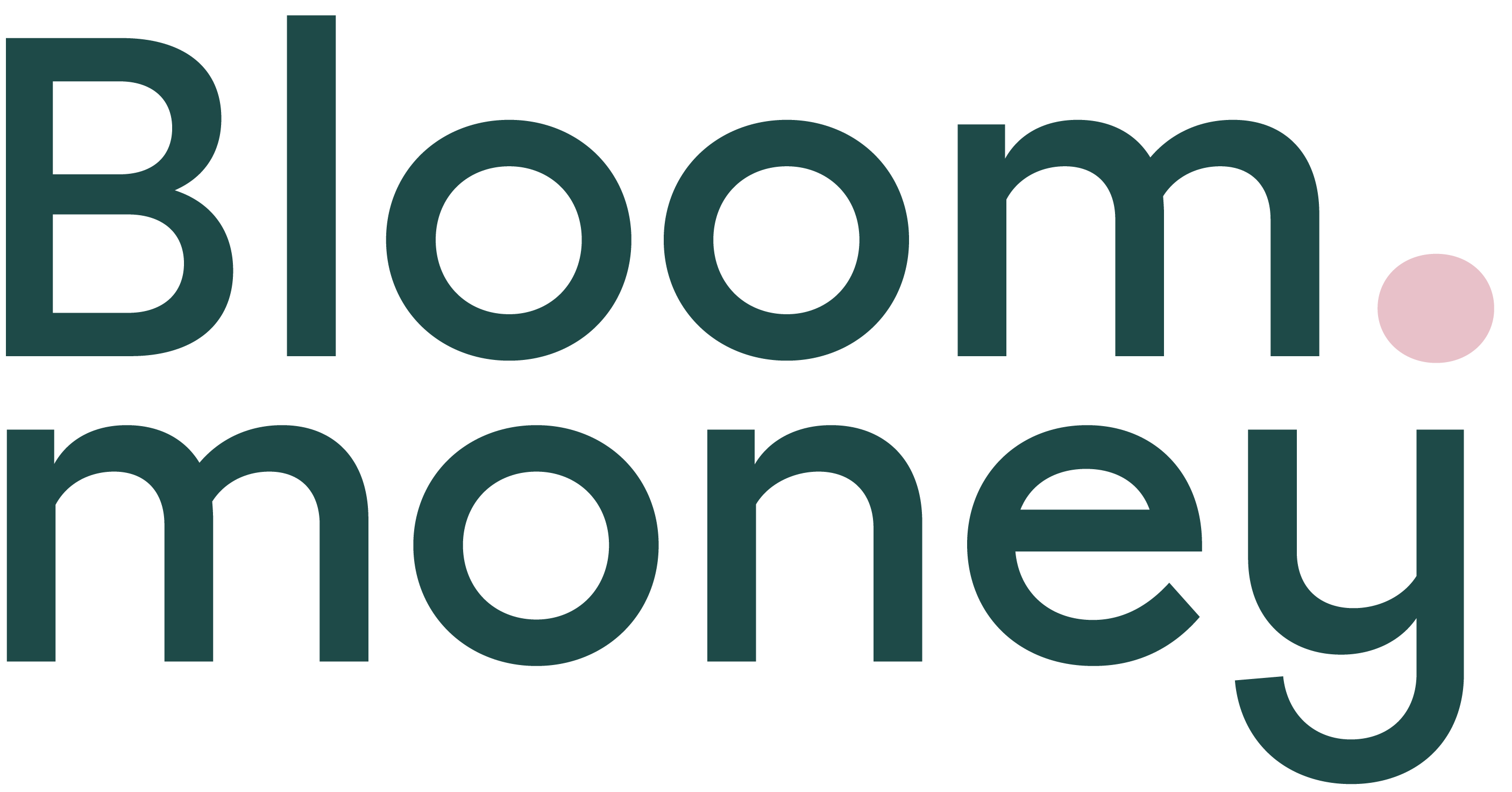Whoa! You ever dive into Solana’s ecosystem and feel like you’re juggling flaming swords blindfolded? Seriously, DeFi and NFTs on Solana are a wild jungle. But here’s something that caught my eye recently—the way staking rewards, Raydium farming, and OpenSea integration all weave together, especially when you use the phantom extension. It’s like the perfect storm for anyone hunting juicy yields and slick NFT trades.
Okay, so check this out—staking rewards on Solana aren’t just some boring APRs you see on Ethereum. They’re often very real-time and tangible, but the catch? You need a wallet that actually makes interacting with these DeFi protocols seamless. My instinct said Phantom nails this. And yeah, it’s not just hype.
Initially, I thought staking was mostly for the crypto whales or the super tech-savvy, but then I realized the barrier’s dropped thanks to wallets like Phantom. It’s intuitive yet powerful. Though actually, wait—let me rephrase that: it’s intuitive for a person who’s been around crypto for a bit, but new users might still stumble a bit. Still, it’s a big leap from the clunky days.
Raydium farming? That’s where shit gets spicy. Farming liquidity on Raydium means you’re not just holding assets; you’re putting them to work, earning fees and incentives. But here’s what bugs me about farming platforms in general—the UX can be a nightmare. Raydium, combined with Phantom, simplifies that pain. You can connect your wallet and jump into pools without a gazillion clicks or confusing gas fee alerts.
Really? Yes. Because the Phantom wallet’s browser extension is built specifically for Solana, it feels native, like it was made by Solana’s own team. The connection speed and responsiveness are noticeably better than generic wallets trying to retrofit support.
OpenSea Meets Solana: Why This Matters
Here’s the thing. OpenSea’s been the giant in NFT marketplaces, but it’s long been Ethereum-centric. Recently, they started integrating Solana NFTs, and that’s a game-changer. Now, if you’re rocking the phantom extension, you can manage your NFT portfolio on Solana and trade on OpenSea without bouncing between wallets or platforms. It’s rare to find such smooth interoperability.
Something felt off about other wallets trying to bridge this gap—they’re either too slow or have weird bugs during transactions. Phantom? Flawless. I’ve used it to flip a couple of Solana-based NFTs on OpenSea, and it just works. No surprise errors. No “insufficient funds” nonsense when you clearly have enough SOL for fees.
On one hand, this integration opens a floodgate for Solana NFT creators to reach Ethereum’s massive audience. Though actually, on the other hand, it’s still early days, and liquidity on Solana NFTs on OpenSea isn’t quite where Ethereum’s at. But hey, it’s growing fast. And having a wallet that supports both ecosystems easily? Priceless.
Honestly, DeFi and NFT folks who haven’t tried Phantom’s browser setup are missing out. I used to juggle multiple wallets, but now, with Phantom, it’s all under one roof. That convenience alone makes me stick around.
Oh, and by the way, if you haven’t grabbed the phantom extension yet, do yourself a favor. It’s lightweight, fast, and best of all—doesn’t hog your browser’s memory like some crypto wallets do.
Staking Rewards: More Than Just Passive Income
So, staking rewards on Solana… here’s a thought: they’re not just passive income. They’re part of a bigger ecosystem incentive. When you stake SOL or tokens on platforms like Raydium, you’re actively participating in network security and liquidity provision. Yeah, that sounds like textbook crypto talk, but it actually matters.
Sometimes I wonder why people overlook staking. You don’t need to sell your coins or panic during dips. You simply lock them up and watch your balance grow—usually pretty steady. The catch? You gotta pick the right validator or pool, and the Phantom wallet makes switching between these options pretty painless.
Wow! The rewards vary, sure. But if you’re patient and smart about it, it’s a solid way to stack more SOL or tokens over time. Plus, you’re supporting the network’s health. Win-win, right?
Mind you, there is risk. Validators can fail or misbehave, and slashing happens, though it’s rare on Solana. I’m biased, but I think the transparency Phantom offers—showing validator stats and performance—helps you avoid the sketchy ones.
Still, staking isn’t a set-it-and-forget-it deal. You gotta check in, maybe even move your stake around. It’s like gardening—you tend, you water, you prune. But the yield? Pretty rewarding.
Raydium Farming: Yield Hunting Made Better
Here’s where things get interesting. Yield farming on Raydium isn’t just about dumping tokens into a pool. It’s a strategic game. You balance impermanent loss, fees, and rewards. And the Phantom wallet’s UI helps you track all that without losing your mind.
Seriously, using Phantom, you can see your liquidity positions, pending rewards, and even claim them with a couple clicks. That’s a far cry from the early DeFi days when claiming rewards felt like launching a space shuttle.
But farming isn’t risk-free. Impermanent loss can sting if prices swing hard. Still, for those with a pulse on the market, it’s a lucrative hustle. Phantom’s real-time notifications on your farming status are a godsend, so you don’t miss out on harvests.
Something I learned the hard way? Don’t just chase the highest APY blindly. Sometimes stable pools with moderate yields and low volatility make more sense. Phantom’s analytics help in making that call.
Why Phantom Extension Feels Different
Here’s a sidebar: I’ve tried plenty of Solana wallets. Some are clunky, some laggy, others borderline insecure. Phantom? It’s like the cool kid in class who actually does their homework and still parties on weekends.
The extension feels native. It’s fast, integrates flawlessly with Raydium and OpenSea, and offers features like in-wallet swaps, staking dashboards, and NFT galleries. Plus, it supports hardware wallet integration if you want that extra layer of security.
Wow! And the devs keep updating it. New features roll out without breaking the basics. That’s rare in crypto tools.
Honestly, if you’re serious about Solana, the phantom extension isn’t optional—it’s essential.
So, What’s the Catch?
Nothing’s perfect. Phantom’s UI can feel a bit overwhelming for absolute newbies. Some advanced features hide behind menus that might confuse first-timers. Also, being a browser extension means it’s vulnerable if your computer gets hacked or infected. So, yeah, keep your security tight.
And if you’re into multi-chain everything, Phantom is Solana-first. You’ll need other wallets for Ethereum or Binance Smart Chain. Though I hear whispers they’re exploring cross-chain bridges, but that’s still early.
Still, for Solana’s DeFi and NFT scene, Phantom is the go-to.
Final Thoughts: Jumping In
Alright, wrapping this up without sounding like a sales pitch—using Phantom to tap into staking rewards, Raydium farming, and OpenSea NFTs on Solana is a damn good combo. It makes you feel like you’re actually part of the ecosystem, not just a spectator.
And yeah, the crypto space is messy and fast-moving. But with tools like Phantom, you get a fighting chance to navigate it without losing your mind or your coins.
If you want to get in on this, grab the phantom extension, poke around, and see how it fits your style. Just remember: don’t throw all your eggs (or SOL) in one basket, and keep learning.
Something tells me this is only the start. Solana’s ecosystem is evolving, and wallets like Phantom will shape how we interact with DeFi and NFTs. So jump in, but keep your wits about you.
Common Questions About Phantom, Staking, and NFTs
Is Phantom safe for beginners?
It’s about as safe as a browser extension wallet can be. Phantom offers hardware wallet support and good security features, but always use strong passwords and be cautious of phishing sites.
Can I stake any token on Solana using Phantom?
Mostly SOL and SPL tokens that support staking. Raydium farms often require liquidity pool tokens, so check each pool’s requirements.
Does OpenSea support all Solana NFTs through Phantom?
Not all, but many popular collections are integrated. The ecosystem is growing, so expect more to be added.
Are staking rewards guaranteed?
No, they depend on network conditions, validator performance, and protocol incentives. Rewards can fluctuate.


